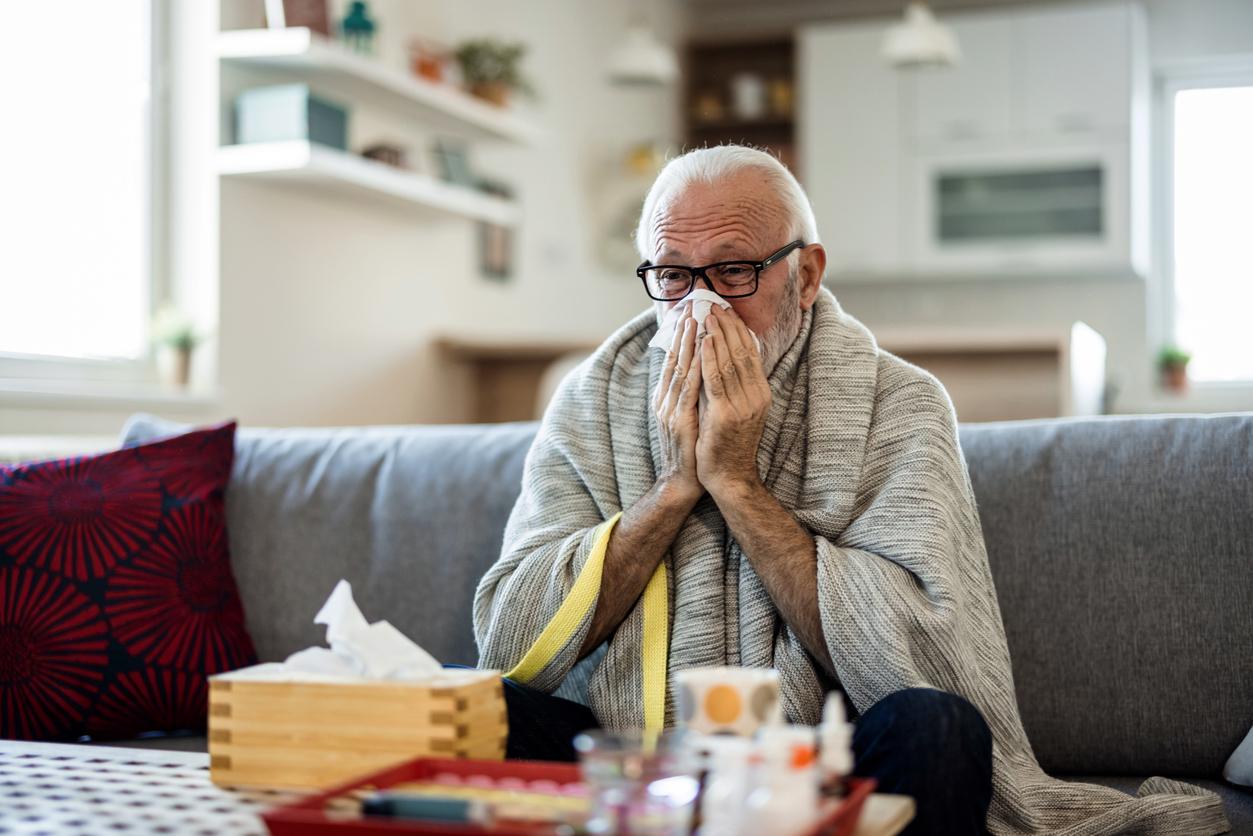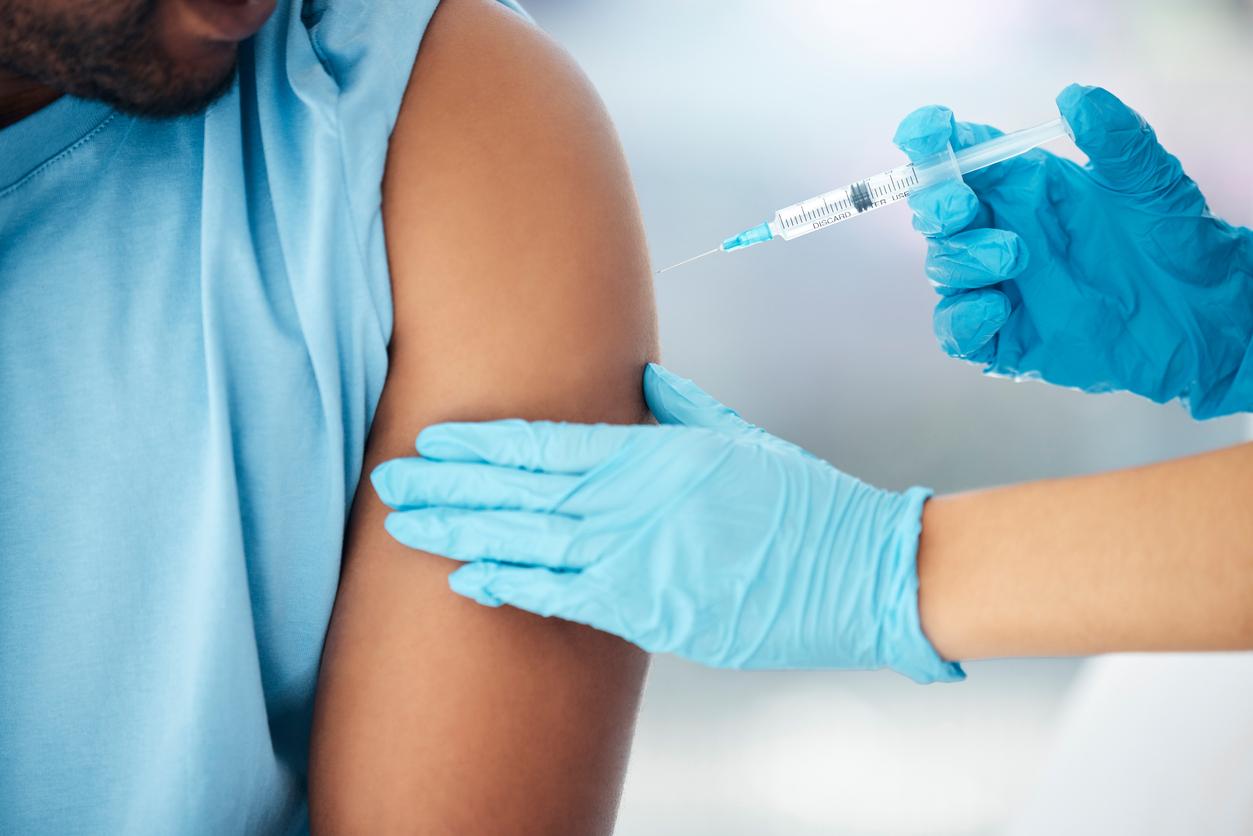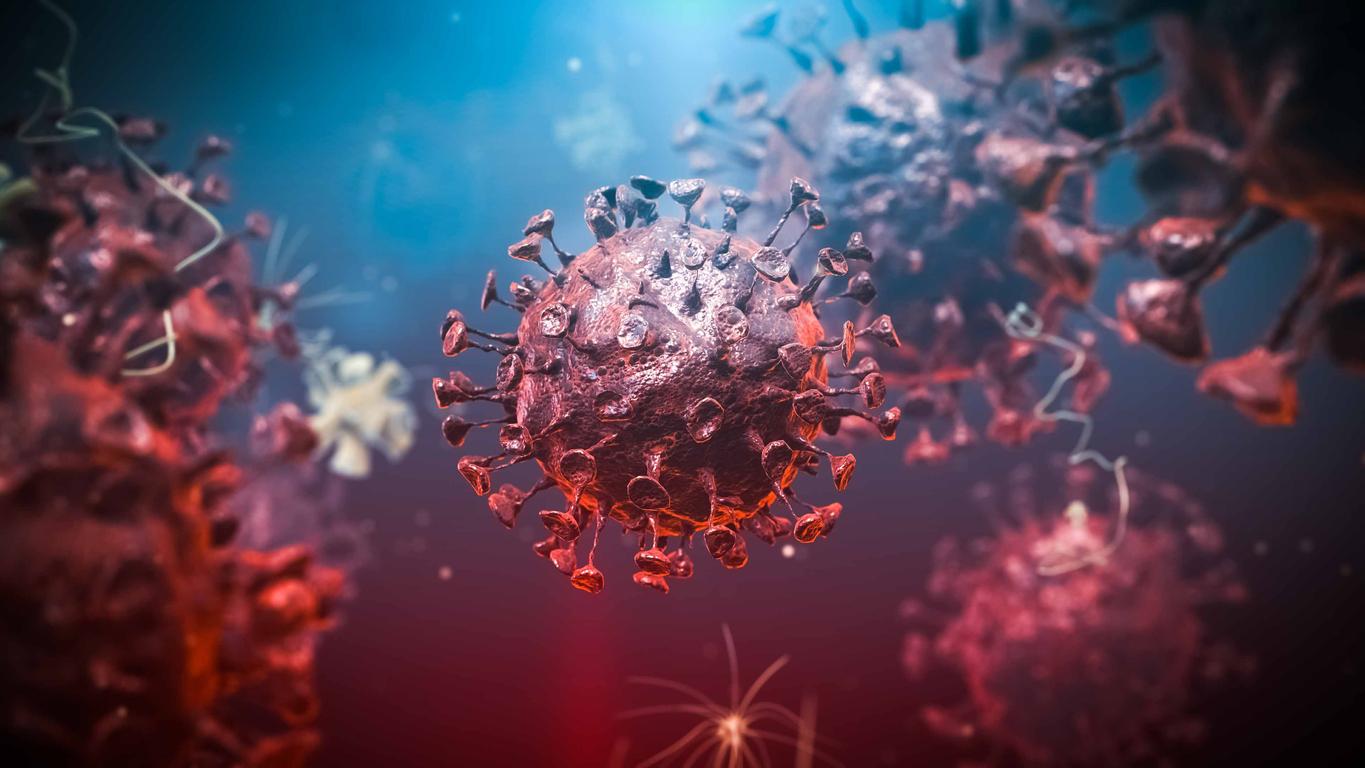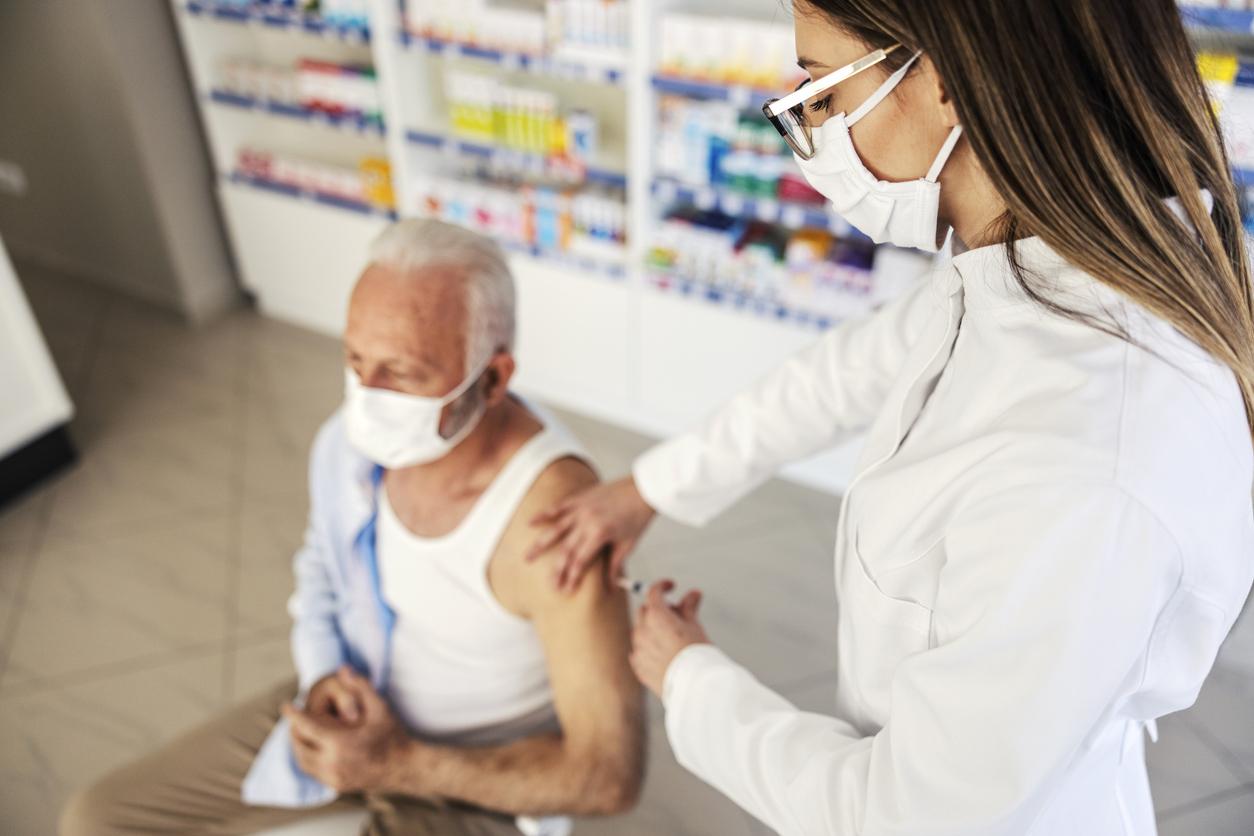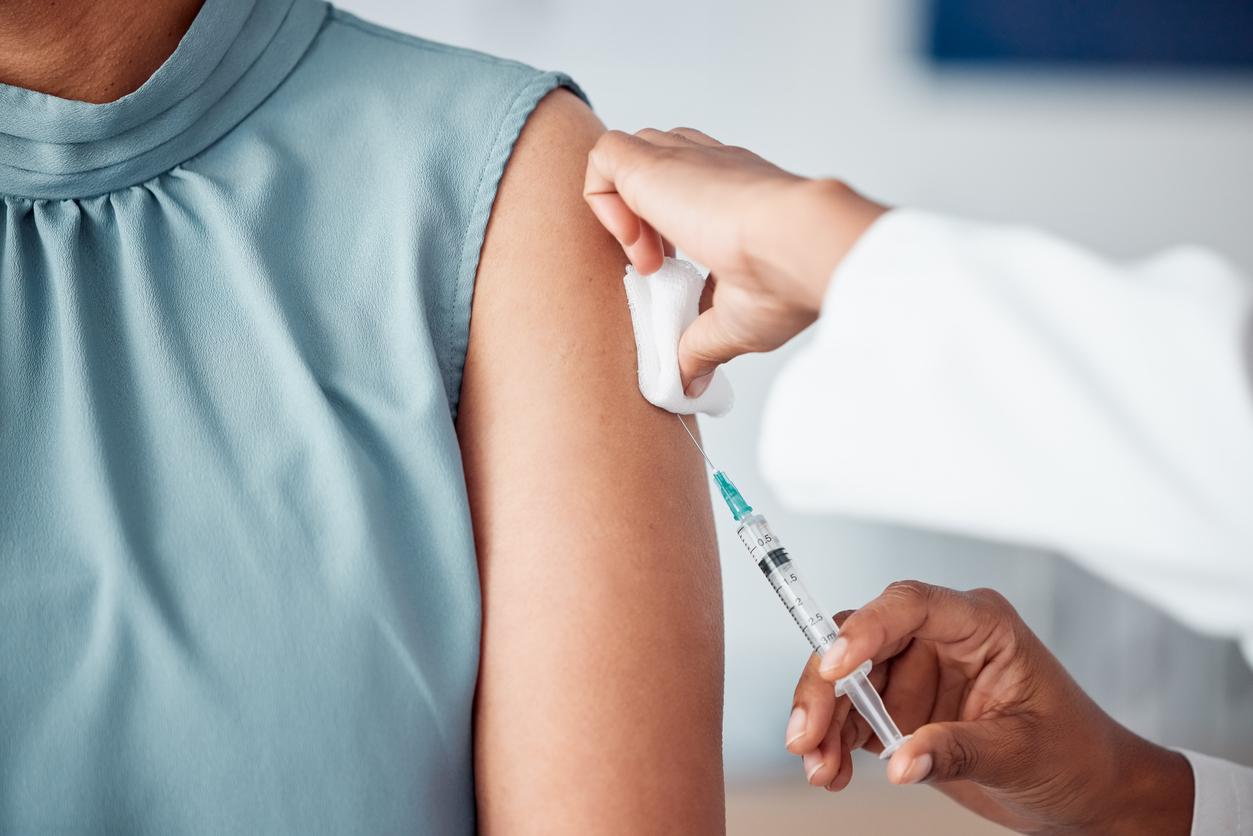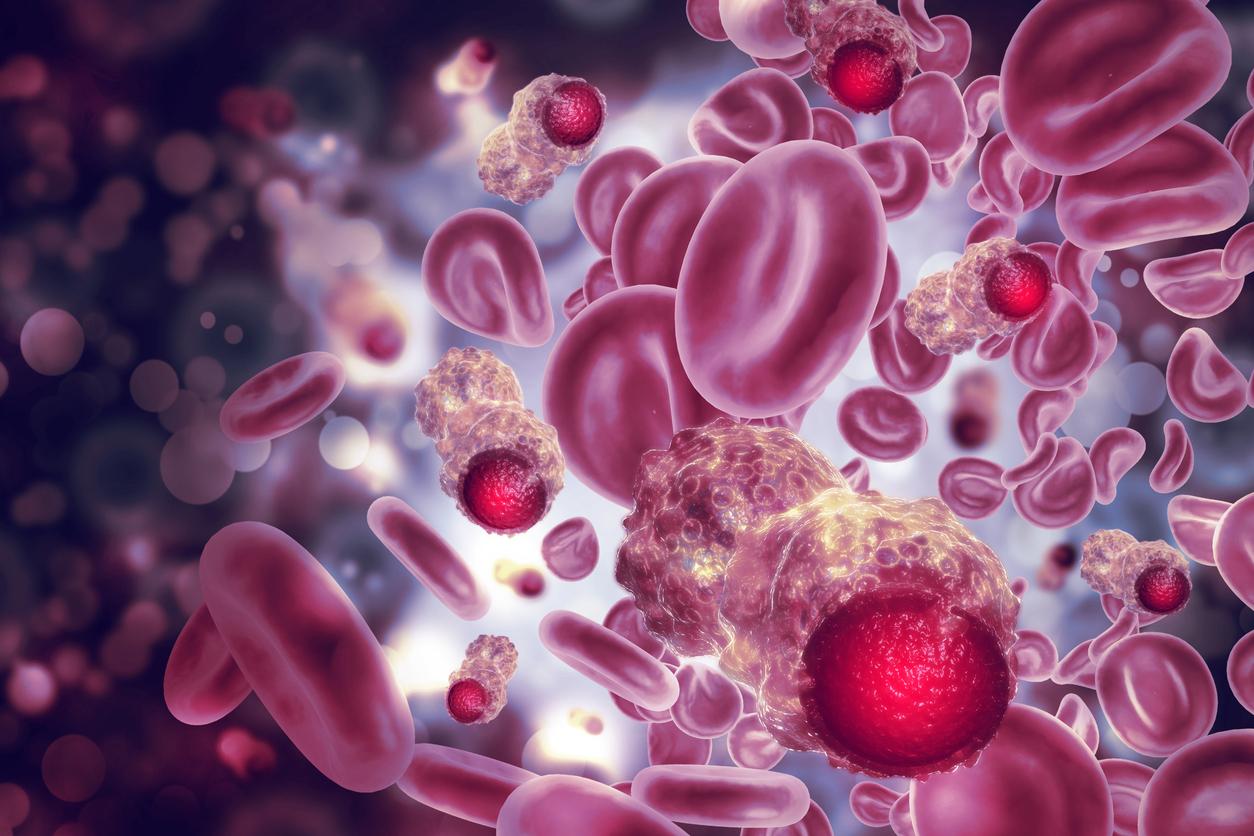By following patients admitted to intensive care after being affected by Covid-19 for 24 weeks, the researchers found that their lung lesions and cardiac impairments tended to fade over time, suggesting recovery from the disease. organization.

- A study presented at the international congress of the European Respiratory Society shows an improvement in the pulmonary and cardiac condition of patients admitted to intensive care following a Covid-19 infection.
- Between 6 and 12 weeks after leaving the hospital, lung damage was reduced by 88 to 56%. Persistent symptoms such as shortness of breath and cough have also diminished.
Even for the patients most severely affected by Covid-19, the pulmonary and cardiac sequelae resulting from the disease eventually subside. This is highlighted by a study conducted by Austrian researchers and presented at the International Congress of the European Respiratory Society.
By recruiting for their work 86 patients admitted to intensive care between April 29 and June 9 in the Tyrol region of Austria, the scientists were able to observe that the persistent symptoms of Covid-19 tended to subside and the lung lesions reduced 12 weeks after hospital discharge.
A decrease in lung damage
The patients were evaluated several times: at 6, 12 and 24 weeks after their discharge from the hospital. During their first visit, 56% of patients had at least one persistent symptom, mainly shortness of breath and cough, and CT-scans still showed lung damage in 88% of patients.
However, at the next visit, 12 weeks after discharge from hospital, symptoms had improved for 39% of patients and lung damage had been reduced in 56%. On the other hand, 13 patients (15%) still had a cough. The results at 24 weeks have not yet been communicated.
“The bad news is that people experience lung impairment as a result of Covid-19 several weeks after leaving hospital. The good news is that impairment tends to improve over time, suggesting that lungs have a mechanism to repair themselves”explains Dr. Sabina Sahanic, a clinical doctoral student at the Innsbruck University Clinic.
CT scans performed at 6 and 12 weeks showed that the score which defines the severity of all the lung lesions fell from eight points to four points. Lesions due to inflammation and the presence of fluid in the lungs also improved: at 6 weeks, they were present in 88% of patients, compared to 56% at 12 weeks.
Improved heart function
The researchers also noted an improvement in the diastolic function of the left ventricle of the heart: 6 weeks after their release from intensive care, 48 patients (58.5%) had indeed a dysfunction of the left ventricle of the heart when it relaxes and expands (diastole). Biological indicators of heart damage, blood clots and inflammation were all elevated. After 12 weeks, this dysfunction tended to resolve.
“We do not believe that left ventricular diastolic dysfunction is specific to Covid-19, but rather a sign of the severity of the disease in general, believes Dr. Sahanic. Fortunately, in the Innsbruck cohort, we observed no severe coronavirus-associated cardiac dysfunction in the post-acute phase. The diastolic dysfunction we observed also tended to improve over time.”
The importance of pulmonary rehabilitation
For the research team, these results show the need to follow up patients with severe Covid-19 infection, even after they are discharged from intensive care. “Knowing how patients have been affected long-term by the coronavirus could allow symptoms and lung damage to be treated much earlier and could have a significant impact on later medical recommendations and advice”they insist.
This conclusion is in line with that of another study, presented at the Congress of the European Respiratory Society. Led by a team from the University of Grenoble, it shows that patients placed on ventilators had a better recovery when they quickly started a pulmonary rehabilitation program after leaving intensive care.
“These results suggest that physicians should begin rehabilitation as early as possible, that patients should try to spend as little time as possible inactive, and that they should enroll in the pulmonary rehabilitation program with motivation. If their physicians deem it safe, patients should begin physiotherapy exercises while still in the pulmonary department of the hospital”, underlines Yara Al Chikhanie, doctoral student at the Dieulefit Santé pulmonary rehabilitation clinic and co-author of the work. According to her, “The earlier rehabilitation began and the longer it lasted, the faster and more satisfying the improvement in patients’ walking and breathing abilities and their muscle gain. Patients who began rehabilitation within a week of stopping their ventilator progressed faster than those admitted after two weeks.”

.









